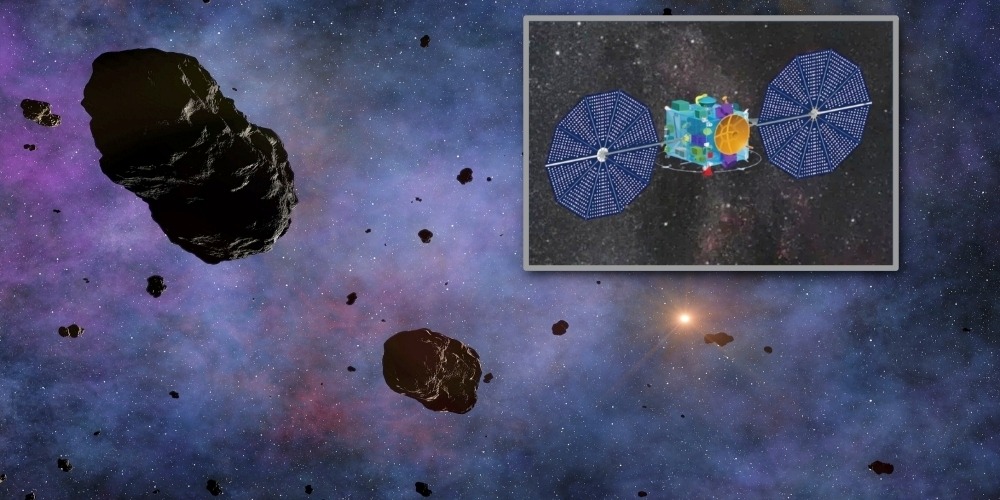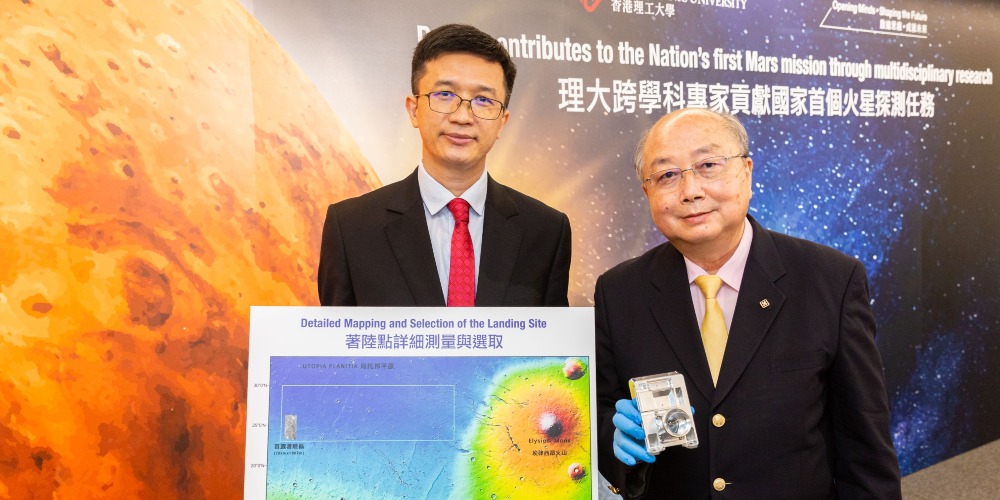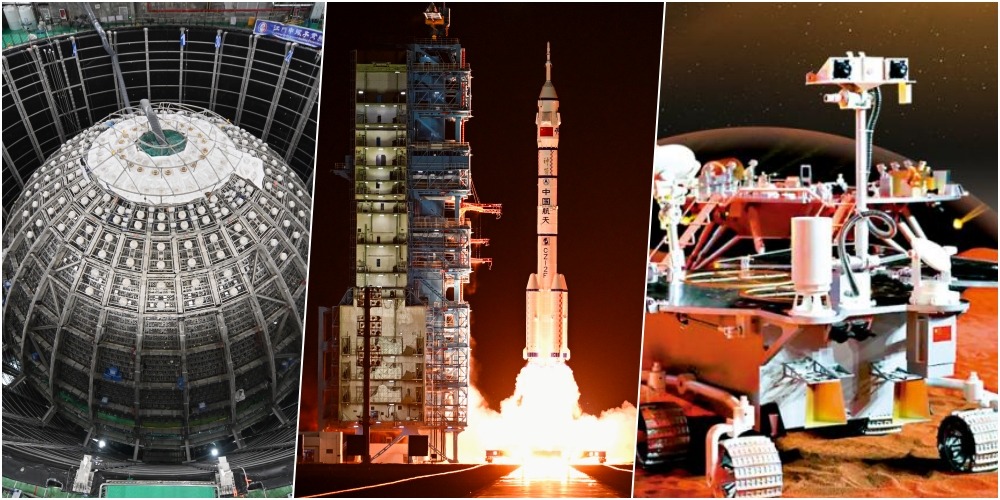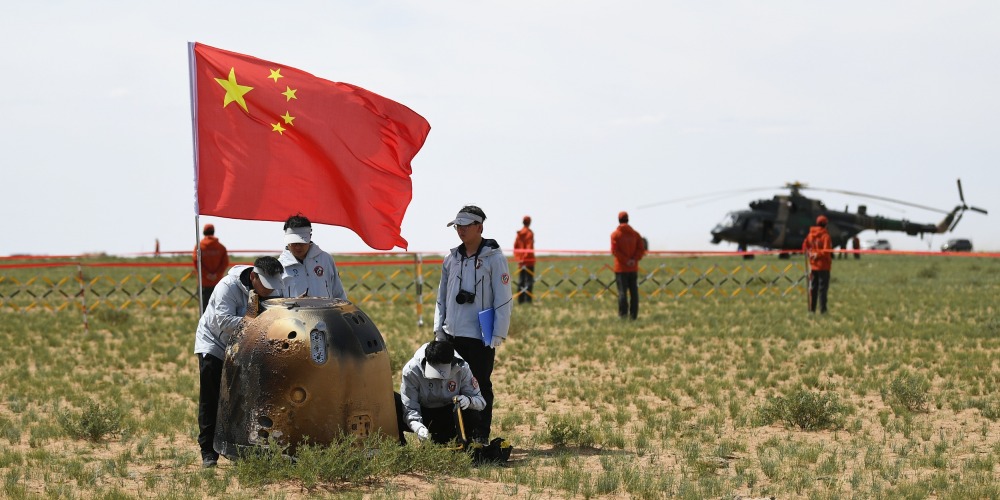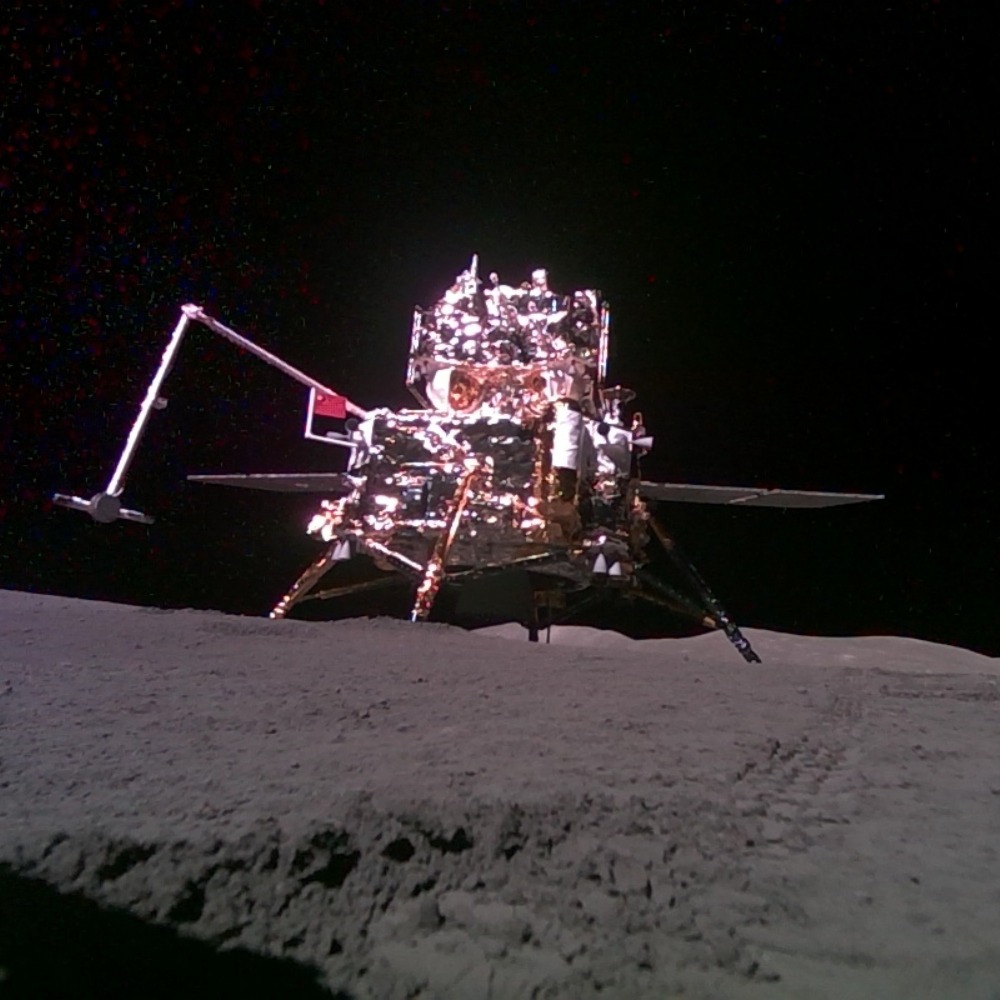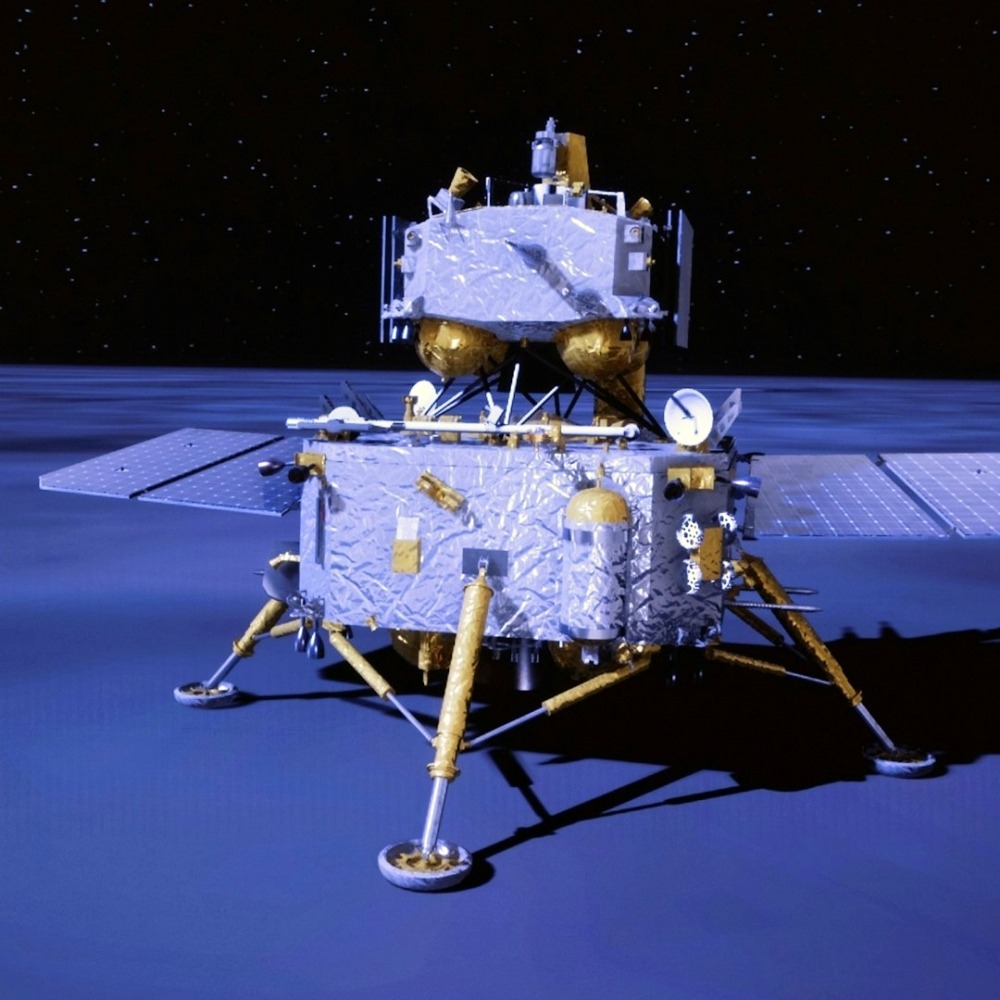Published : 2025-01-15
China's space missions has just achieved another milestone. Following the exploration of Mars by Tianwen-1, the Tianwen-2 probe is slated for launch in 2025.
Its target is a mysterious asteroid named "Kamo`oalewa", and it will land on this asteroid to collect and return samples to Earth. The entire mission of Tianwen-2 will last for 10 years.
Tianwen-2 comprises main probe and return capsule
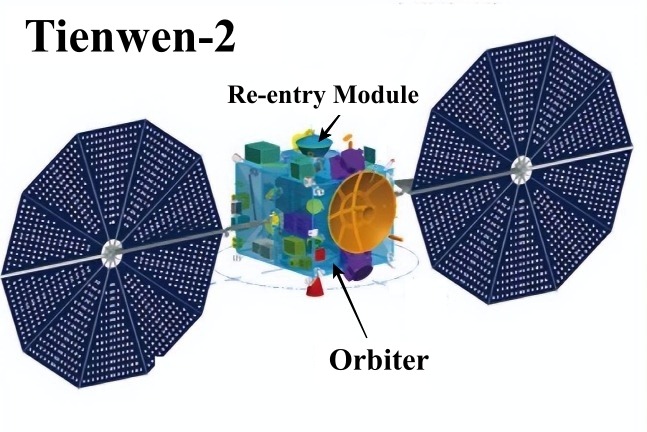
The Tianwen-2 (天問二號) mission is part of the "Planetary Exploration of China", and the development of this probe started as early as 2020, around the launch of Tianwen-1 (天問一號) .
It was formerly named "Zheng He" (鄭和號) but was later renamed "Tianwen". The probe planned to go to Mars in 2028 to collect samples was then named Tianwen-3.
It is worth mentioning that the disclosed missions of the "Planetary Exploration of China" also include Tianwen-4, which is expected to be launched in 2029 with targets including Jupiter and its moon, Callisto.
According to media reports, due to the different nature of the missions, the design and appearance of Tianwen-2 differ significantly from Tianwen-1, which previously explored Mars.
Tianwen-2 comprises an orbiter and a re-entry module.
The orbiter is responsible for orbit control and scientific exploration, equipped with various instruments such as a multispectral camera and a mass spectrometre.
It also includes communication, sampling devices, and sample transfer devices, utilising a dual-mode propulsion system with ion electric propulsion and chemical thrusters.
Tianwen-2 will collect 100 grams of asteroid samples
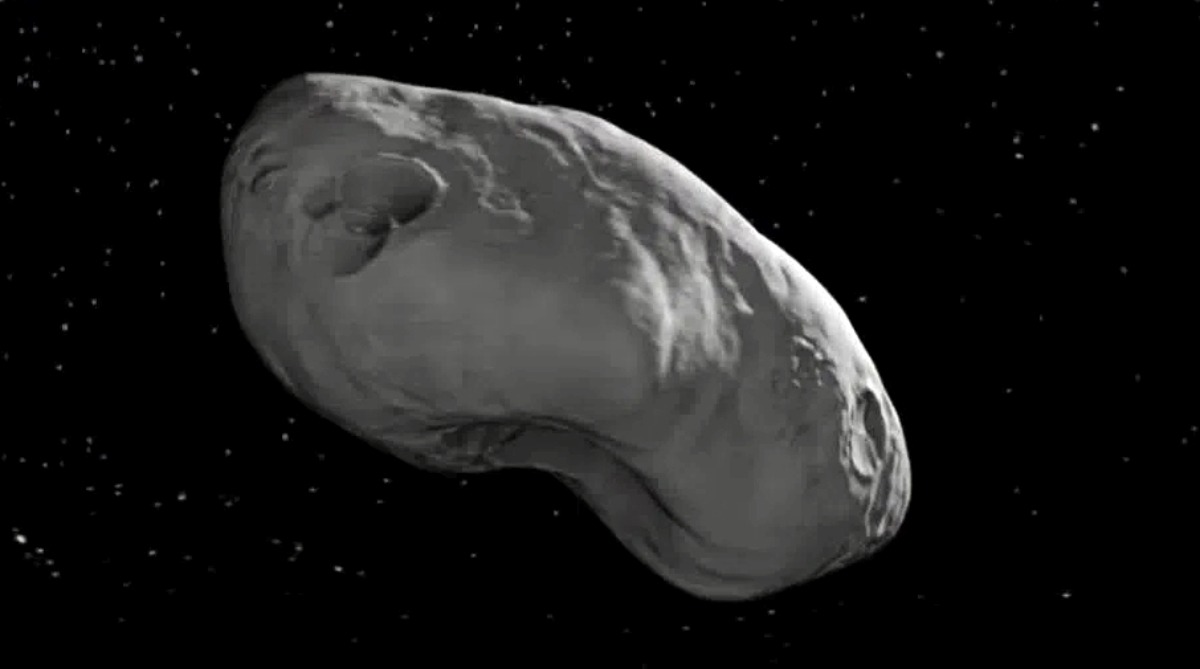
The most recognisable feature of the orbiter is a pair of solar panels; the solar panels are circular, each with a diametre of 4.7 metres and an area of 17 square metres, making them much larger in appearance than the main body of the orbiter itself.
The re-entry module of Tianwen-2 occupies only a small portion of the entire probe, with a maximum diameter of about 0.75 metres, which is even smaller than the 1.25 metres of the Chang'e-6 re-entry module.
It is reported to be capable of collecting approximately 100 grams of samples.
Zhang Rongqiao, who previously served as the chief designer of China's first Mars exploration mission, confirmed that the target of Tianwen-2 is a small asteroid in the solar system with the code 2016 HO3, named "Kamoʻoalewa."
This asteroid is indeed very small, with a diameter of only 46 to 58 metres, roughly the height of a dozen-story building. Its orbit around the Sun takes about 366 days, with a rotation period of approximately 28 minutes.
Its closest distance to Earth is 5.21 million kilometres, and the average distance is about 20 million kilometres, which is five times the average distance between the Earth and the Moon.
As for why such a small and distant "Kamoʻoalewa" is worth exploring, why it is called "Kamoʻoalewa" and what mysterious background it has, these will be discussed in another article.
Tianwen-2 will take a year to reach its target

Tianwen-2 will be launched by the Long March-3B rocket in Xichang, Sichuan Province, in May 2025, and will take about one year to reach the vicinity of the "Kamoʻoalewa."
Due to the weak gravity of the asteroid, which cannot support the orbiter's flight, Tianwen-2 will need to adjust its orbital parameters to achieve orbital flight around the target, and then carry out detailed measurements and instruments for about one year, including identifying the sampling area.
Next, Tianwen-2 will attempt to land on the "Kamoʻoalewa" and collect samples.
China is not the first to attempt asteroid sample return. Japan's Hayabusa (隼鳥號), Hayabusa2 (隼鳥2號), and America's OSIRIS-REx (奧西里斯) have achieved this before.
However, "Kamoʻoalewa" is particularly small, with numerous operational limitations, making it far more challenging than its predecessors.
Tianwen-2 has three plans for sampling
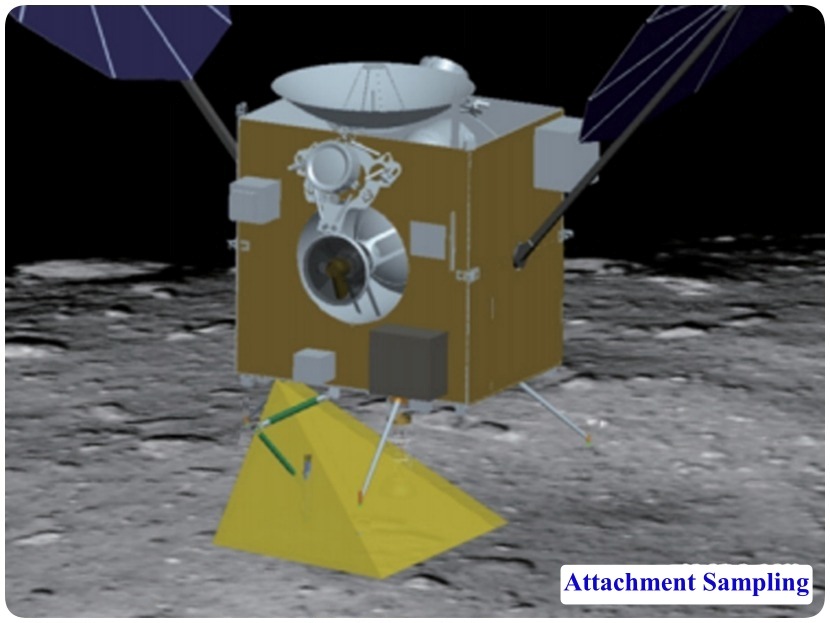
Therefore, there are different sampling plans for Tianwen-2, including brief touch-and-go sampling, hovering sampling, and attachment sampling.
Attachment sampling, as the main plan, involves directly landing on the asteroid, which was never used before. Due to the low gravity of the asteroid, the probe is prone to rebound or tilt upon landing, making the technique extremely challenging.
In contrast, the brief touch-and-go plan, similar to the method used by the previous three probes like Hayabusa, is less difficult.
However, attachment sampling will be the most effective as Tianwen-2 can perform in-situ detection at the sampling point, collecting more detailed data.
After sampling, Tianwen-2 will transfer the samples to the re-entry module on the surface of the "Kamoʻoalewa," then leave the asteroid and return to Earth at an opportune time.
Media reports indicate that the return journey will also take over six months.
Tianwen-2 to explore a comet as follow-up mission

After approaching Earth, the orbiter and re-entry module of Tianwen-2 will separate. The latter will re-enter the atmosphere at high speed using a ballistic return scheme, bringing back about 100 grams of the "Kamoʻoalewa" sample to Earth, which will become another historic moment.
Wait a minute, it takes about three years for Tianwen-2 to return the sample from launch, didn't we just say its mission lasts 10 years?
In fact, bringing back the "Kamoʻoalewa" sample is only the first part of Tianwen-2's mission.
Similar to other Chinese space probes, it has a second part of its mission. According to Zhang Rongqiao, Tianwen-2 will also go on to explore the recently discovered main-belt comet 311P.
It is reported that Tianwen-2 will use Earth's gravity for gravity assist, but it will still take several years to reach the target celestial body.
